
Education
Diamond Education Guide for Pure Diamond Jewellery
Diamond Education & Buying Guide
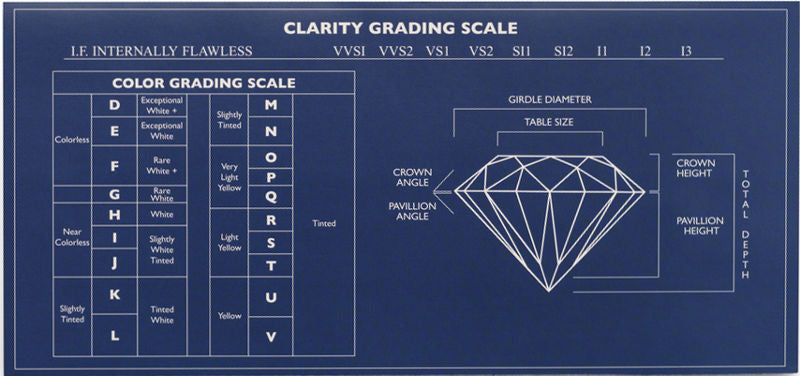
Diamond Depth and Table
-
Introduction
When choosing the perfect diamond for your loved ones, there are numerous factors to consider. One crucial aspect that significantly influences a diamond's overall beauty and brilliance is its depth and table. In this article, we will delve into the significance of diamond depth and table, exploring their impact on a diamond's appearance and value.
-
Understanding Grading Percentages
To comprehend the importance of diamond depth and table, one must familiarize oneself with the grading percentages assigned to each diamond shape. These standards, set by reputable institutions such as the Gemological Institute of America (GIA) and the American Gem Society (AGS), provide a framework for assessing a diamond's quality and determining its worth.
-
The Role of Depth and Table
In determining the ideal stone, evaluating the depth and table of a diamond becomes paramount. The depth refers to the measurement from the diamond's top facet (the table) to its bottom point (the culet). On the other hand, the table denotes the largest flat surface found on top of the diamond. These measurements significantly impact a diamond's brilliance, fire, and visual appeal.
-
The Optimal Cut: Marcel Tolkowsky's Estimate
Renowned diamond cutter Marcel Tolkowsky conducted extensive research to determine the optimal cut for round brilliant diamonds. His calculations suggest that an ideal diamond should have a table diameter of approximately 53% and a total diamond depth of 59.3%. While these proportions serve as a helpful guideline, it's important to remember that personal preferences and individual diamond characteristics may influence the final choice.
-
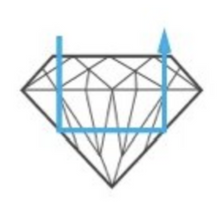
Ideal Cut
-
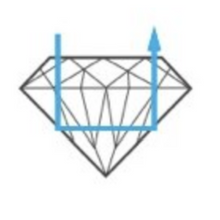
Fine Cut
-
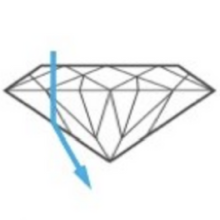
Shalow Cut
-

Deep Cut
Depth: A Measure of Brilliance
Diamond depth plays a crucial role in a stone's brilliance. Ideally, a depth percentage within the recommended range ensures that light entering the diamond is appropriately reflected and refracted, resulting in a captivating display of sparkle. Diamonds with excessively shallow or deep depths may lose light through the sides or bottom, diminishing their brilliance.
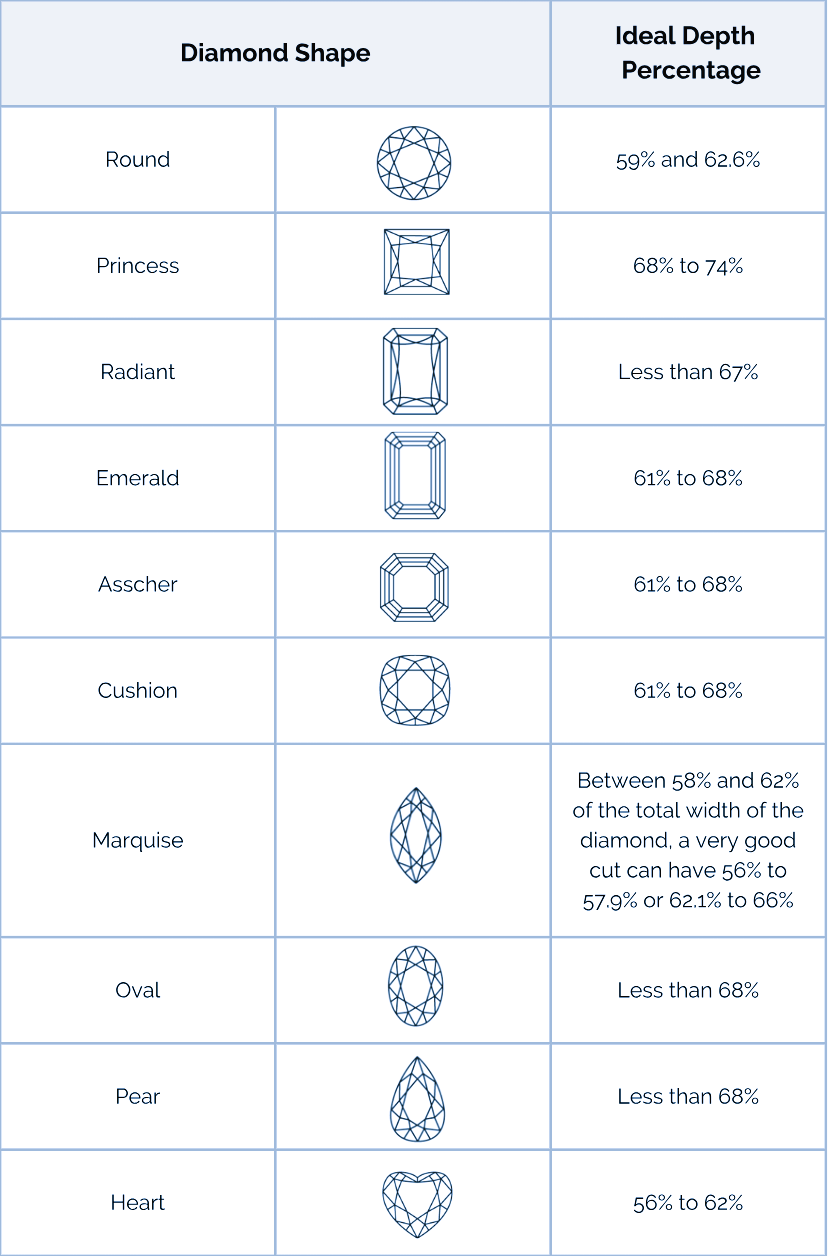
Table: Maximizing Fire and Sparkle
The table percentage of a diamond affects its fire and sparkle. A well-proportioned table allows light to enter the diamond and travel through its facets, creating captivating flashes of brilliance. An overly large table can lead to light leakage, detracting from the diamond's stunning visual effects. Conversely, a table that is too small may impede the diamond's ability to reflect and refract light, diminishing its overall sparkle.

Fine-Tuning Your Diamond Selection
While Tolkowsky's guidelines offer insights into the ideal proportions for a round brilliant diamond, it's essential to consider individual preferences and the unique characteristics of each diamond shape. For instance, fancy-shaped diamonds, such as princess, emerald, or pear cuts, may have different recommended depths and table ranges.

Balancing Proportions and Personal Preference
While adhering to proportion guidelines can be beneficial, it's essential to remember that personal preference should ultimately guide your choice. Some individuals may prefer a slightly deeper or shallower depth, allowing for a unique play of light within the diamond. Similarly, the table size may vary based on personal taste, with some opting for a more elongated or broader appearance.
Conclusion
Diamond depth and table measurements significantly influence a diamond's brilliance, fire, and visual appeal. By understanding the recommended proportions and their impact on diamond shapes, you can confidently select the perfect center stone. Remember, while guidelines are valuable, personal preference and the unique characteristics of each diamond play an equally important role in finding the diamond of your dreams.





